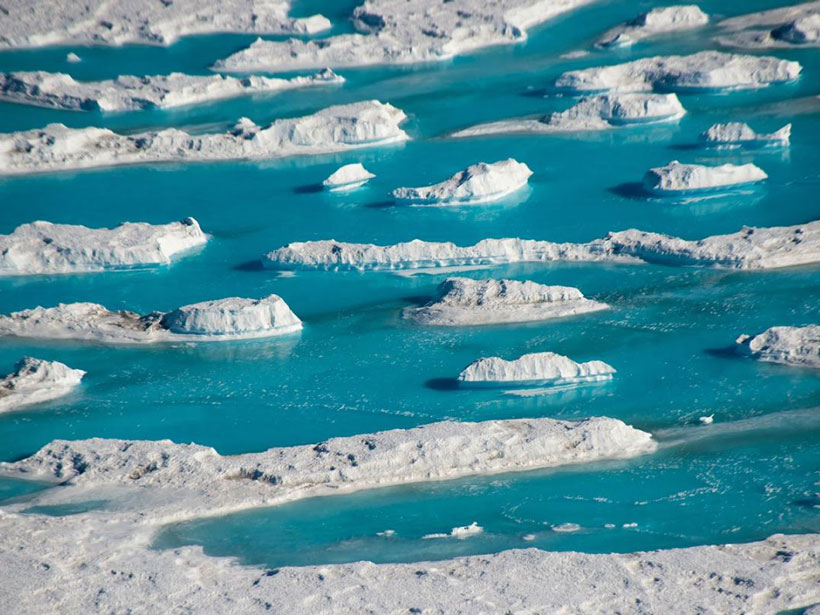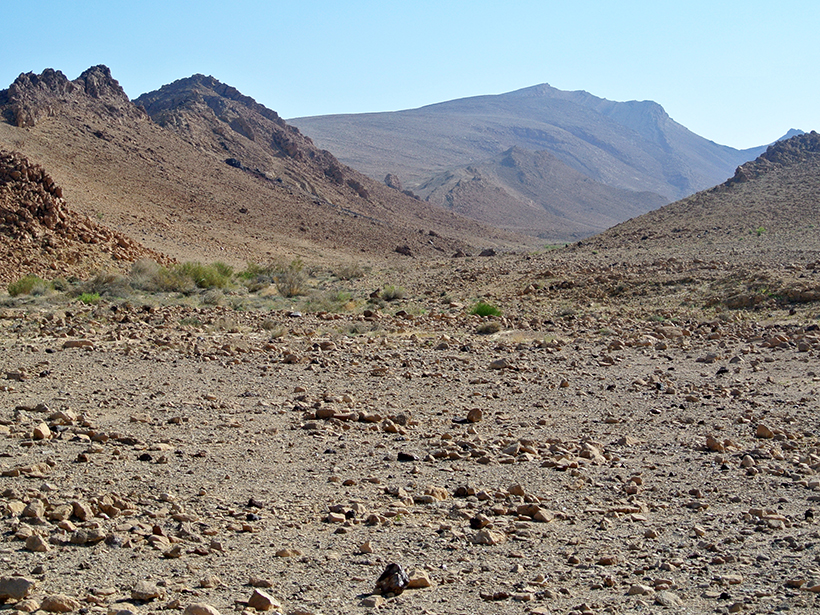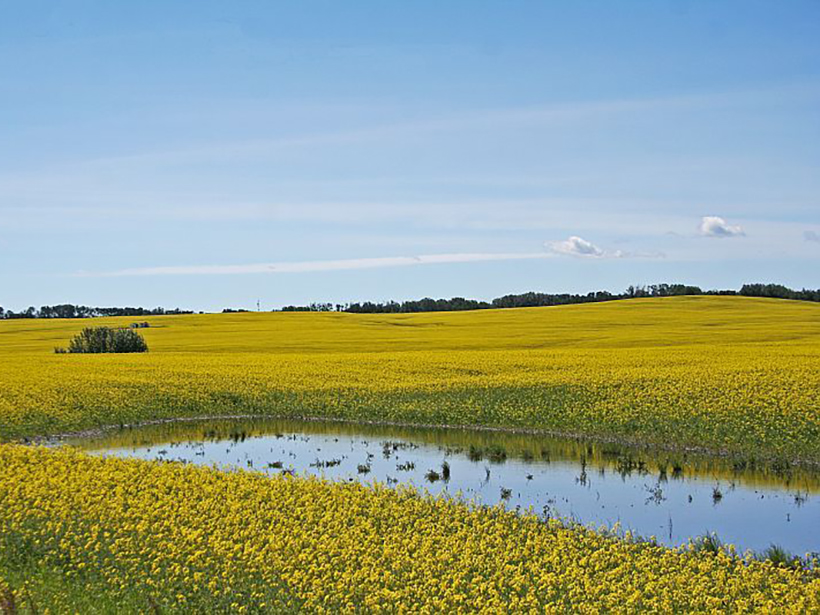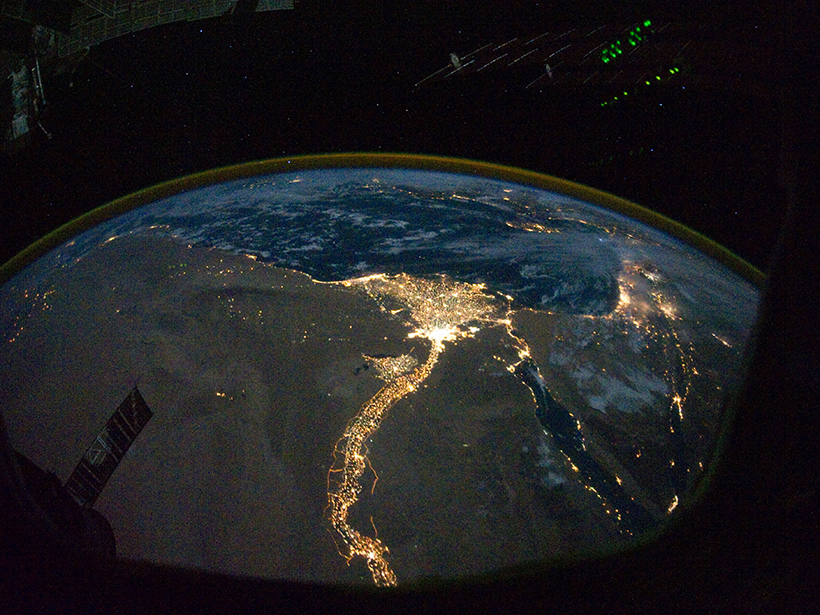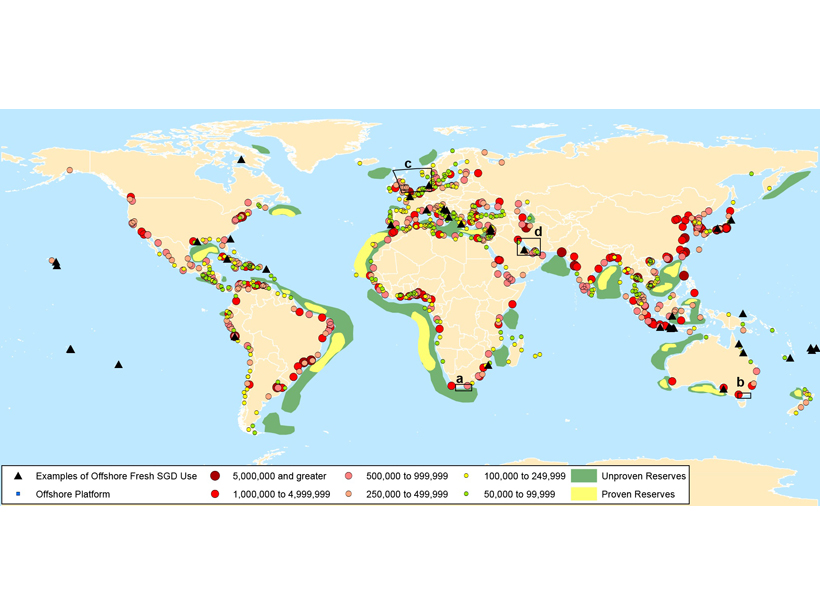Alpine hydropower plants commonly flush sediment that accumulates at intakes, but the associated rapid rise in discharge, turbidity, and streambed instability put aquatic insects at risk.
freshwater
Freshwater Pools Show Antarctica Is More Vulnerable Than We Thought
East Antarctica’s lakes cluster in patterns similar to those on Greenland’s ice sheet, which is melting rapidly.
Invasive Species Drive Erosion in Aquatic Environments
The daily activities of mammals, reptiles, crustaceans, and fish influence the physical environment, with invasive burrowing species causing particular disruption in aquatic environments.
Is Chicago Water Pollution Halting a Silver Carp Invasion?
Pollution is definitely not the solution to stopping invasive silver carp, researchers assert. But cleaner waters could affect the invasion front.
The Dawning of the Age of Old Aquifers
A new technique using 81Kr can measure the age of old groundwater in arid regions. The method can be used as a proxy for past climates and weather patterns.
Farm Ponds Sequester Greenhouse Gases
Despite runoff from nitrogen-rich fertilizer, agricultural ponds act as powerful sinks for nitrous oxide.
Ecohydrology: What’s in a Name?
Scientists were studying ecohydrology for decades before it became an official ‘ology’. Find out how this field has evolved over the past century.
The Renaissance of Hydrology
Hydrology has evolved as a transdisciplinary, data-driven science in a remarkably short period of time.
Pumping Offshore Groundwater Resources Has Consequences on Land
While vast volumes of fresh groundwater are located offshore, pumping these reserves can also deplete on-shore aquifers and cause land subsidence.
Scientists Invited to Collaborate in Satellite Mission’s Debut
The Surface Water and Ocean Topography mission will begin by scanning Earth’s surface once a day. We invite ocean scientists to contribute ground-based measurements to compare with the satellite data.


